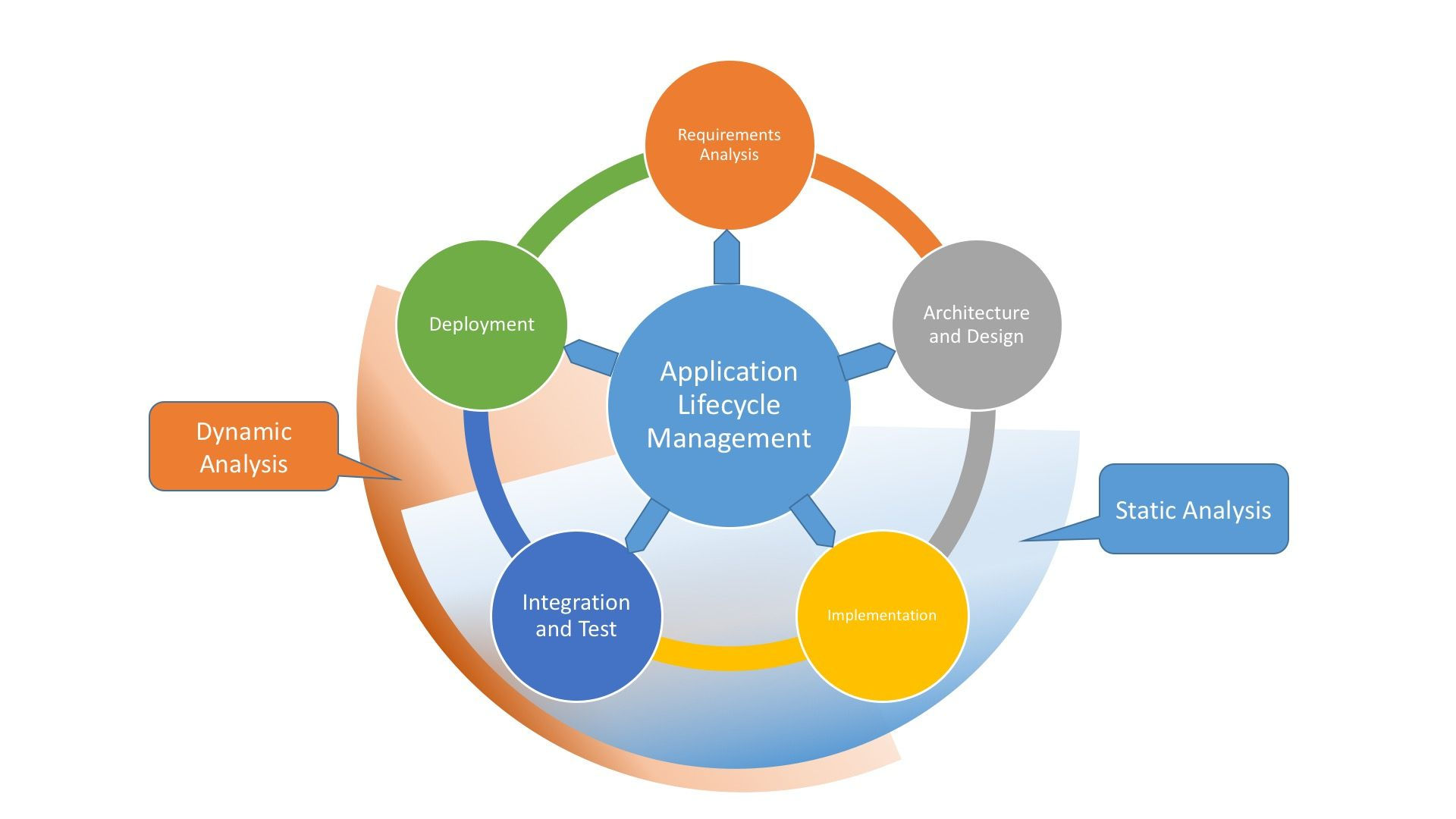
Functional and Non-functional Requirements for Mobile Applications
Statistically, vague requirements for developing a mobile app increase project timelines and budgets by up to 60 percent. It also greatly increases the risk that the final product will fail. But the right approach can help developers understand what a digital product should look like to meet customer requirements and fulfill user expectations.
Functional Requirements for Mobile Applications
This category includes conditions that define the main functions of a program that are vital for its operation. They can be divided into three groups:
- Business requirements. They define the business goals set by the customer. For example, demonstrating a catalog of products and providing an opportunity to buy them.
- User requirements. They describe the goals and objectives that people can achieve using the program (use cases). In other words, this is a range of actions that users can do: sign up, view certain content, and so on.
- System requirements. They include the actions that a system must perform and its reactions to the input data. This group contains the hardware and software capabilities of the environment required for correct operation.
Functional requirements should be clearly defined and documented before development begins. Otherwise, the program will simply not work correctly.
Non-functional Requirements for Mobile Programs
These are, in fact, quality indicators that determine the user experience of a program. Their purpose is to improve the performance of a product and make it convenient and useful. If an application does not meet these requirements, it will still perform its basic functions, but will not be user-friendly.
The category of non-functional conditions includes:
- usability: a program should have a simple interface and functional design and be attractive;
- reliability: an application should work stably for a long time without any problems;
- recoverability: an app should be ready to work in non-standard situations, for example, automatically start and restore data after a system failure;
- performance: this requirement assesses how fast a program works with a large number of users or transactions;
- scalability: the ability of a system to remain productive after its size or volume changes;
- capacity: assesses the amount of data or services the app can process.
Developers should also keep in mind the download speed, traffic restrictions, and server and user response time.

Another important feature is the security of the application. It is important to clearly define access control levels, rules for processing personal information, and ways to reduce the risks of external attacks. In turn, banking and FinTech applications are required to comply with international regulations and state security standards.
Terms of Reference for Development
To speed up the process of creating a product, it is important to draw up a document that clearly states all functional and non-functional requirements. It usually contains the following items:
- an introductory paragraph that specifies the goals and objectives of an application, as well as provides a small dictionary with terms;
- description of program functions, coding standards, methods of data exchange;
- suggestions regarding the interface;
- monetization strategies;
- performance standards, use cases, quality attributes;
- safety regulations.
It is essential to be accurate in meeting functional and non-functional requirements to reduce development costs. It will take the developers a lot less time and money to complete the project if all the details are clear.


